Part I: The Oxford Community School's Independent Report on The Ethan Crumbley Shooting.
The technology-adoption crisis in American schools, and rampant employee incompetence.
After the Ethan Crumbley shooting within Oxford High School in Oxford, Michigan on November 30th, 2021, the OCSD (Oxford Community School District) hired an outside investigative firm called Guidepost. This 563 page document was presented to the public after sworn testimony in court, investigations from law enforcement and witness statements, and this also included those students and employees who were willing to talk to Guidepost’s investigators. Not all of the employees of OCSD talked with Guidepost, as the school district’s lawyers themselves encouraged school employees to not talk to them, as the district’s lawyers were responsible for representing any and all employees. Guidepost themselves stated with their 562 page report, the following:
“In May 2022, the Board hired the investigative firm Guidepost Solutions LLC ("Guidepost"), through the Board’s investigative counsel Varnum LLP ("Varnum"), to jointly conduct an investigation, entirely independent of the Board and the District. The Board asked us to investigate, among other things, the District’s: 1.) interactions with the Shooter before the shooting; 2.) actions before, during, and after the shooting; and 3.) school safety and security policies, guidelines, practices, and measures in place both at the time we were hired and at the time of the shooting to minimize the risk of an active shooter at OHS in the future and the damage from any such incident. The Board also sought to provide the results of the investigation to the public and directed us to release the report publicly at the same time it was released to the Board.”
The 562 page Final Report can be read here in its entirety, and it’s a must read for every American regarding what really happens in a real school shooting and the investigation that should follow. Click Here.
In my last article on this subject, published just before this one, I covered the fraudulent nature of Restorative Practices as a conflict-resolution method within school environments. Within this now Part 1, I want to discuss more negligence regarding the school staff members and how the investigative document itself points to the employees directly involved as being responsible for the missteps and the ultimate untimely death of four students, including the wounded.
I’ll be blunt. Reading the 562 page investigative report from Guidepost, titled; “Oxford Community Schools Independent Report On The Shooting At Oxford High School On November 30, 2021,” changed me. After reading this document, I can conclude, without hesitation, that no one should ever enter an American K12 school ever again. No parent should ever send their child to an American K12 school ever again. If you read this 562 page document linked above (and every American should do so), you would never send your family member(s) to an America K12 school ever again. The people who work for American K12 school districts, in this day and age, are 100% unqualified to do so, and university level teacher-education professors are 100% unqualified to deliver such preparatory instruction.
I will take those statements to my grave.
I verbally discuss some of the writing within this document HERE and HERE within two episodes of my audio podcast American Education FM. However, for this Substack article, I’m interested in focusing on the larger district and school-related problems that are systemic throughout America schools, that led to this shooting and the negligence that exists within the OCSD (Oxford Community School District) and every district in America, specifically regarding technology use.
There’s no way that I can cover everything that exists within this 562 page document in a series of Substack articles. But, for this first Part 1, let me focus in on the ever-present reality of an overabundance of policy, technology adoption, and the simple fact that the ever-changing presence of professional responsibilities for American educators and those within OCSD, are impossible to keep up with as an employee, as a lack of following policy is inevitable, simply due to the overabundance of documented policy and technology use. This, however, does not excuse any absence of common sense. I sure you, there is an overwhelming absence of common sense with OCSD.
Too much bullshit policy and zero common sense, is a recipe for death, and this deadly (very real/not fake) school shooting in November of 2021 proves it.
Let’s begin.
Google Classroom.
Google Classroom is a scourge on American schools. For the sake of brevity, schools are given a shrimp on a hook to sign a contract with Google that allows Google to track everything that a child does from PreK through Senior Year, and well beyond. Once that contract is signed by a K12 school district, Google backs a truck up to a school district and drops off laptops for every student, or at the very least, they give students and teachers access to a Google Classroom account that they’re required to upload information on, so any teacher can use this to check their work. However, not everything gets checked and some of the most heinous information from students can exist on Google Docs and with Google Classroom technology without anyone knowing until it’s too late, as even employees of a district may not check such documents, nor be able to access a students specific Google Drive.
For example, the Report from Guidepost stated the following regarding Ethan Crumbley’s “wellness inventory” distributed within his Health class, and then uploaded on Ethan’s Google Drive:
“At the high school level, many of the assignments in the Shooter’s classes were saved online in his OHS Google Drive. The District provided us with documents saved on the Shooter’s OHS Google Drive and we highlight some of the Shooter’s school documents from ninth grade that stand out in retrospect after November 30. Before we review this work, however, we explain our understanding of who would have been able to see these files, other than the Shooter.
Broadly speaking, a file that is stored on a student’s OHS Google Drive is visible only to that student, unless and until the student shares it with a teacher, often by “turning in” the document to the teacher through the teacher’s Google Classroom or adding the file to an assignment within the teacher’s Google Classroom.66 If a teacher, counselor or school administrator wanted to see a file on a student’s school Google Drive that has not yet been shared by the student, the teacher or counselor or school administrator would have to enlist the help of IT personnel to gain access to the student’s school Google Drive. In other words, a student’s OHS Google Drive is not accessible to a teacher, counselor, or school administrator without assistance from IT – none of these individuals would be able to go into a student’s Google Drive and search its contents unless they were granted access by IT.
We are focusing only on the Google environment at OHS because it is most relevant to the documents we reviewed; there may be other ways in which teachers allow students to submit assignments to go into a student’s Google Drive and search its contents unless they were granted access by IT.
If a student turned in a file to a teacher through that teacher’s Google Classroom or added the file to an assignment within that teacher’s Google Classroom, then the teacher would be able to view and edit the file. Due to built-in restrictions that limit IT administrators’ access to individual OHS teachers’ Google Classrooms, we were unable to determine if certain documents found on the Shooter’s OHS Google Drive were submitted to a teacher. In some cases, we were able to cross-reference a file from the Shooter’s Google Drive to a graded assignment listed in his PowerSchool records, which suggests that the file was submitted to a teacher, but we cannot be certain.
In chronological order, we highlight some of the Shooter’s school documents from ninth grade that stand out in retrospect after November 30. As set forth below, some of these documents indicate that the Shooter was struggling with his social/emotional health at the time he filled them out.
One of the documents that indicated that the Shooter was struggling with aspects of self- esteem and well-being was a “Wellness Inventory” survey that was saved on the Shooter’s OHS Google Drive on September 10, 2020. This survey consisted of 90 true/false questions and five essay-style questions, with many questions relating to mental health and well-being. The survey answers were then plotted on a “Wellness Wheel.” The Shooter responded “false” to the following statements:
“I am happy most of the time.”
“I have a number of people in my life who I care for, and who care for me.”
“I can share with others my feelings and concerns.”
“I feel good about who I am and what I am.”
“I can go to sleep easily.”
“I like my body.”
“I can develop friendships when I move to a new place.”
“I can go to a party and have a good time.”
“I like people.”
“I am not overly worried about the future.”
“I can accurately access my strengths and weaknesses.”
“I care about what happens to my fellow man and woman.”
“I trust my ability to make good decisions.”
Based on the available evidence, it appears as if the Shooter completed this inventory as part of an assignment for his health class. The Shooter’s PowerSchool records for ninth- grade health class show that he submitted an assignment entitled “Wellness Wheel,” which had a due date of September 14, 2020. It is unclear whether the Shooter submitted both the “Wellness Wheel” and the underlying “Wellness Inventory” to his health teacher, or if he only submitted the “Wellness Wheel,” which did not include the specific questions and answers listed above. Accordingly, we cannot say whether the Shooter’s health teacher saw how he responded to each of the 90 survey questions. The Shooter’s ninth- grade health teacher refused to speak with us.
On October 2, 2020, the Shooter saved two documents to his OHS Google Drive that suggest he was in a troubled emotional state at that time. First, at 7:51 a.m. on October 2, 2020, the Shooter saved an untitled document on his school computer drive that contained the following statements:
“I have no emotions
fear run idk
don’t get angry and keep the anger in”
At 9:17 a.m. that same day, the Shooter saved a document entitled, “Stress reflect thing” on his Google Drive, which consisted of the following:
“I really have no stress at all, I am a stress free person, I have never had stress in my life as far as I know. I really don't think puberty is a stress thing as it does not affect me in any way. I do get about 3 to 4 hours of sleep a night and that is perfect for me because I have sleep deprivation and I get full rest with those hours, so it is less than 8 hours of sleep but it is not putting any stress on me so really I think my stress level should be 0 but it is what ever I don't really care. I never care about anything and that it helps me not really have stress I guess.”
The point I’m making here, is that the influx and overabundance of technology and online databases and uploading options with school and entire districts, as required by the districts themselves through contracts with Google and other tech companies, makes it impossible for every teacher or school employee to track every single thing that a student is saying or writing with these platforms. Saying that things would “slip through the cracks” is an understatement, because it’s designed to be this way. It’s on purpose. Not to mention, in the mind of an educator, if something is easy—it’s forgettable.
At no point did any of Ethan Crumbley’s educators or administrators access his Google Docs or Google Drive to see these documents or his comments to the wellness inventory until after the shooting, which would have delivered a huge red-flag as to his frame of mind.
SAEBRS (Social, Academic, and Emotional Behavior Risk Screener).
At face value, the SAEBRS system is unnecessary, yet in this case it was just implemented within OCSD, yet not reviewed nor relied upon by staff members. In essence, it’s designed to track grades, behavior, discipline and everything having to do with every student, no matter the circumstances. Frankly, it’s another contract that the school signs to introduce this useless technology, and for employees it just becomes “one more thing to add to there plate.”
Such technology adds frustration to employees, which leads to dissatisfaction, which leads to a lack of use. Unfortunately, in the case of Ethan Crumbley and his victims, this line-graph technology showed a steady and obvious decline in Ethan’s academic and behavioral performance (based on his own assessment) that should have warranted a parent conference the moment he was found sleeping in class (as stated by Guidepost’s investigation of his teachers), and as soon as he stoped doing his work, failing a few classes, and verbally not caring about his performance; regardless of SAEBRS use or implementation.
SABERS is described as:
“…a brief tool supported by research for use in universal screening for behavioral and emotional risk. The measure falls within a broad class of highly efficient tools, suitable for teacher use in evaluating and rating all students on common behavioral criteria (Severson, Walker, Hope-Doolittle, Kratochwill, & Gresham, 2007). The SAEBRS is designed for use in the K-12 setting. It is grounded within a conceptual model, which states that a student's success in school is not only related to his or her academic achievement, but also success within multiple behavioral domains. Research suggests the SAEBRS may be used to evaluate student functioning in terms of overall general behavior, as assessed by a broad Total Behavior (19 items). Research further suggests the SAEBRS may be used to evaluate student behavior within multiple inter-related narrow domains, as assessed by the Social Behavior (6 items), Academic Behavior (6 items), and Emotional Behavior (7 items) sub-scales.”
The Guidepost Report stated the following regarding the district’s use of SAEBRS, and Ethan Crubmley’s results, along with much more regarding the district’s use of SAEBRS:
The District’s Implementation of SAEBRS:
At the District level, then-Deputy Superintendent Weaver was “instrumental” in establishing SAEBRS at OCS schools. He told us that the District launched the SAEBRS in its elementary schools in the 2018-2019 and 2019-2020 school years. Later, Christine Russell, a school psychologist who joined the District central office in 2019 as the MTSS coordinator, worked on implementing the SAEBRS and mySAEBRS at OMS and then OHS.
OMS administered the SAEBRS and mySAEBRS for the first time in the winter of the 2019-2020 school year, when the Shooter was in eighth grade. OMS teachers completed the SAEBRS assessment for approximately 1,097 students, and approximately 958 students completed the companion mySAEBRS self-assessment. In the Shooter’s eighth-grade year, the Shooter completed the mySAEBRS and a teacher completed the SAEBRS for him as well. These results are discussed below. OMS intended to administer both tests for a second time in the second semester of the 2019-2020 school year, but was unable to do so because of the COVID school shutdowns. The District MTSS coordinator and the OMS counselors looked at the data from the OMS winter 2020 SAEBRS assessments, but no action was taken.
The District launched a pilot of both SAEBRS assessments at OHS in the fall of the 2020- 2021 school year, when the Shooter was in ninth grade. As OHS prepared to roll out mySAEBRS to students, the governor of Michigan cancelled in-person learning due to COVIDandOHSrevertedtovirtualinstruction.79 OHSwentforwardwithitsplantolaunch mySAEBRS, administering it to students on November 24, 2020 during virtual learning. The District’s goal was to have as many OHS students as possible to complete mySAEBRS, to check on students after the COVID shutdowns and determine if any students were at risk and in need of intervention. Russell recalled that the virtual rollout of mySAEBRS was hampered by the fact that so many students were skipping online classes. Approximately 1,067 students completed mySAEBRS in the fall of 2020.
…For the SAEBRS (teacher-completed screener), OHS teachers were instructed to focus on a certain number of their students to allow the teachers and administrators to try out the screener and understand it better. Russell and Weaver recalled that the teacher participation level was lower than the District hoped to achieve at OHS. OHS teachers completed the SAEBRS for approximately 575 students in the fall of 2020. One of the Shooter’s teachers completed the SAEBRS in the fall of 2020 for the Shooter, who was in ninth grade at the time, and the results are discussed below.
Teachers completed the SAEBRS on the Shooter in the winter of the 2019-2020 school year, when the Shooter was in eighth grade, and in the fall of the 2020-2021 school year, when the Shooter was in ninth grade. The results of these two teacher-completed assessments are shown in the chart below:
The maximum “Total Behavior” score possible on SAEBRS is 57. As shown by the blue dot in the chart above, the SAEBRS completed by one of the Shooter’s eighth-grade teachers resulted in a score of approximately 57 points for the Shooter in the winter of the 2019-2020 school year. By the next school year, the Shooter’s teacher-completed SAEBRS score dropped dramatically. As shown by the yellow dot in the chart above, the SAEBRS completed by one of the Shooter’s ninth-grade teachers for the Shooter in the fall of the 2020-2021 school year resulted in a score of approximately 33 points. This score placed the Shooter in the “some risk” category.
mySAEBRS Self-Assessment: Eighth and Tenth Grades:
The Shooter completed two mySAEBRS self-assessments, one in the winter of the 2019- 2020 school year, when he was in eighth grade, and another in the fall of 2021, when he was in tenth grade. The chart below details the data obtained from the Shooter’s mySAEBRS assessments:
The mySAEBRS has a maximum “Total Behavior” score of 60. At the time, FastBridge used a two-tier scoring system for SAEBRS – “high risk” and “some risk.” See SAEBRS and mySAEBRS Norms and Benchmarks – FastBridge (illuminateed.com). The two red dots on the chart above show the Shooter’s “Total Behavior” scores on his two SAEBRS self-assessments. The Shooter’s total score on mySAEBRS in eighth grade was approximately 31, which was 26 points below the score that one of his teachers gave him on the companion teacher-completed SAEBRS in eighth grade. This score placed him in the “at risk” category.
The Shooter’s total score in the fall of tenth grade, before the shooting, fell to approximately 20, which placed him in the “high risk” category. The broken blue line above the Shooter’s score line shows the overall student average for the District over the same period. The Shooter’s mySAEBRS score in eighth grade was approximately 10 points below the district average and his mySAEBRS score in tenth grade was approximately 20 points below the District average.
mySAEBRS Sub-Assessments:
As noted above, the SAEBRS and mySAEBRS “Total Behavior” score is the sum of the three behavior domain scores: social, academic, and emotional behavior. The FastBridge scoring system sets benchmarks for each behavior domain to determine a student’s risk level in each domain. The data on the chart below details the Shooter’s sub-assessment scores for his mySAEBRS assessments in eighth and tenth grades.
In the winter of the 2019-2020 school year, the Shooter scored approximately 12 points in the social behavior domain, approximately 10 points in the academic behavior domain, and approximately 9 points in the emotional behavior domain, for a Total Behavior score of approximately 31 points. Each of these sub-scores placed the Shooter in the “high risk” category for each behavioral domain.
In the fall of 2021, the Shooter scored approximately 13 points in the social behavior domain, approximately 4 points in the academic behavior domain, and approximately 3 points in the emotional behavior domain, for a Total Behavior score of approximately 20 points. Again, each of these sub-scores placed the Shooter in the “high risk” category for each behavioral domain. In addition, these scores put the Shooter in the lowest one percentile nationally.
Instagram.
OCSD staff also never attempted to ask Ethan about his social media posts or any social media accounts he had, when he in fact had an instagram account. Ethan Crumbley had only one Instagram account. Students were aware of his Instagram account, but none of them told staff members about his posts, nor his account.
As stated in the Guidepost Report;
“As set forth above, there were several Instagram accounts under different variations of the Shooter’s name, but only one has been verified by law enforcement as an account used by the Shooter. This Instagram account was set to public, meaning that anyone could see the content posted by this account if they were aware of the account. If OHS personnel had looked at this account, they would have been able to see photos of a handgun with the accompanying caption, “Just got my new beauty today [emoji] SIG SAUER 9mm. Ask any questions I will answer.” The drawing of the gun on the Shooter’s math paper looked like the gun in the Shooter’s Instagram post.”
“The Shooter’s public Instagram postings on November 26 and 27, 2021, from the first Instagram account above, his real account about the handgun his father purchased for him (“just got my new baby today”) and his shooting with his mother at the firing range, would have been useful for OHS personnel on November 30, 2021 had OHS personnel conducted a threat assessment of the Shooter and searched open, Internet sources for his social media accounts, including Instagram. Indeed, the Shooter’s public posts before the shooting, demonstrate a key element of a threat assessment: access to a weapon.”
For the sake of brevity and in conclusion for this Part 1, the examples above speak for themselves. The technology tools and assessments that were implemented by the district, yet never examined by the employees, matched the visible behavior and academic performance of Ethan Crumbley, long before the shooting, not to mention what employees physically witnessed on November 29th and November 30th of 2021 (the day of the shooting).
If this technology use sounds complicated, it is. If it sounds unnecessary, it is. If you think it’s necessary and could be beneficial, I would encourage you to understand that not long ago, these technologies and these uploading and tracking systems never existed, and the environment was safer. The school environment has never been safe, but it was safer before this overabundance of forced technology was mandatory to adopt, yet is never looked at.
In essence, technology like this is adopted to make it look like a school district is a caring and safe place to be, for all students and their families. But, that couldn’t be further from the truth. The adoption of technology within K12 school districts is now forcibly implemented to make administrators look good, and make them look and feel like “team players” or “innovators;” because as far as American school districts are concerned—feelings are more important than facts; and more, means better.
The case of OCSD proves that a school district can have all of the shiny toys, fancy words, acronym programs and counseling clubs they want; but at the end of the day, if your employees have shit-for-brains, the house will cave in and innocent people will get killed.
BIO: Dr. Sean M. Brooks is the host of the podcast American Education FM and the author of several books including; The Unmasking of American Schools: The Sanctioned Abuse of Americas Teachers and Students. He’s also on Gab, Bitchute, Rumble and Truth.





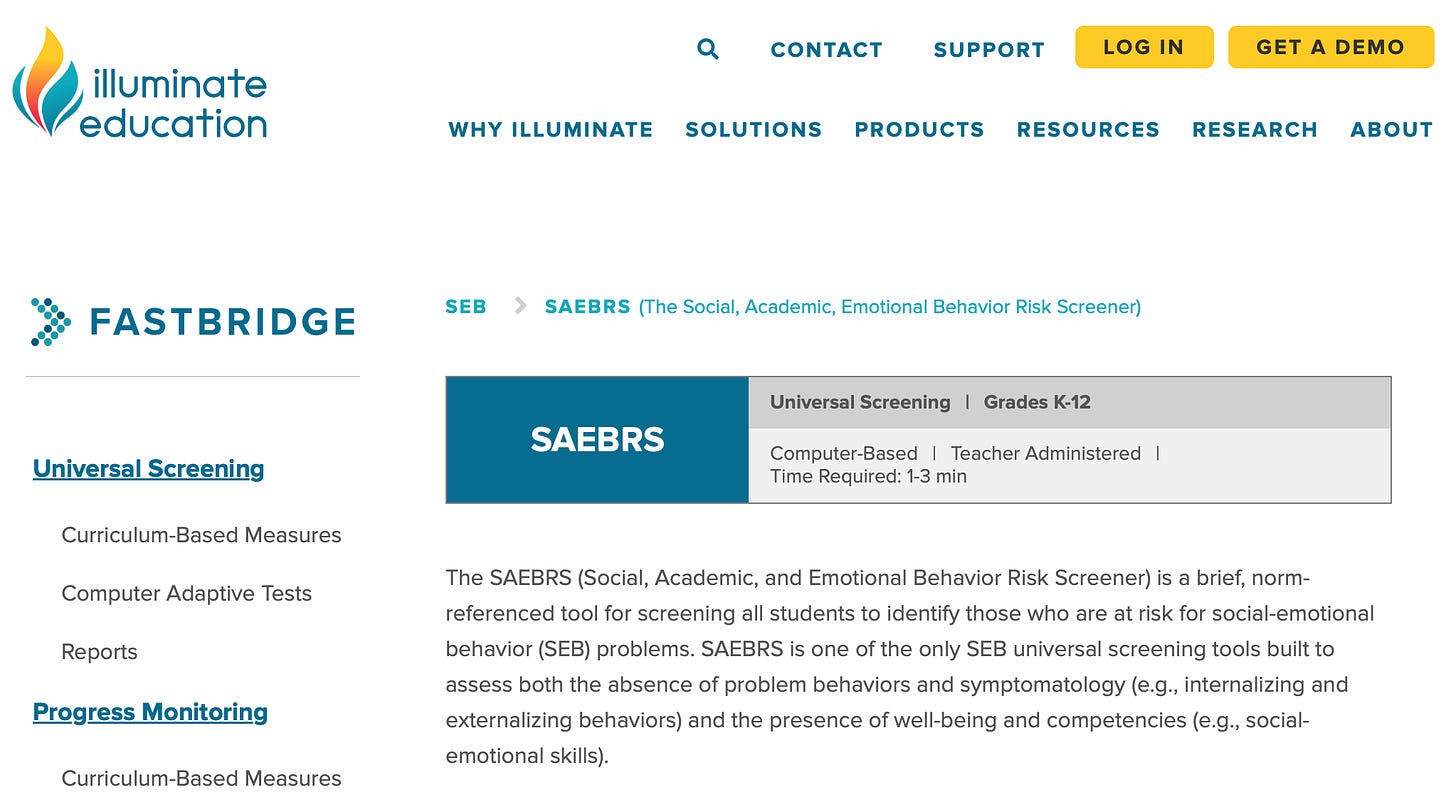
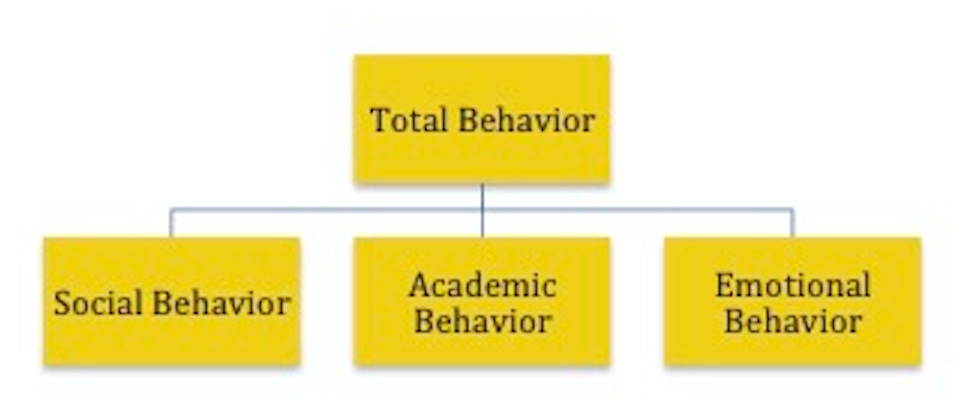
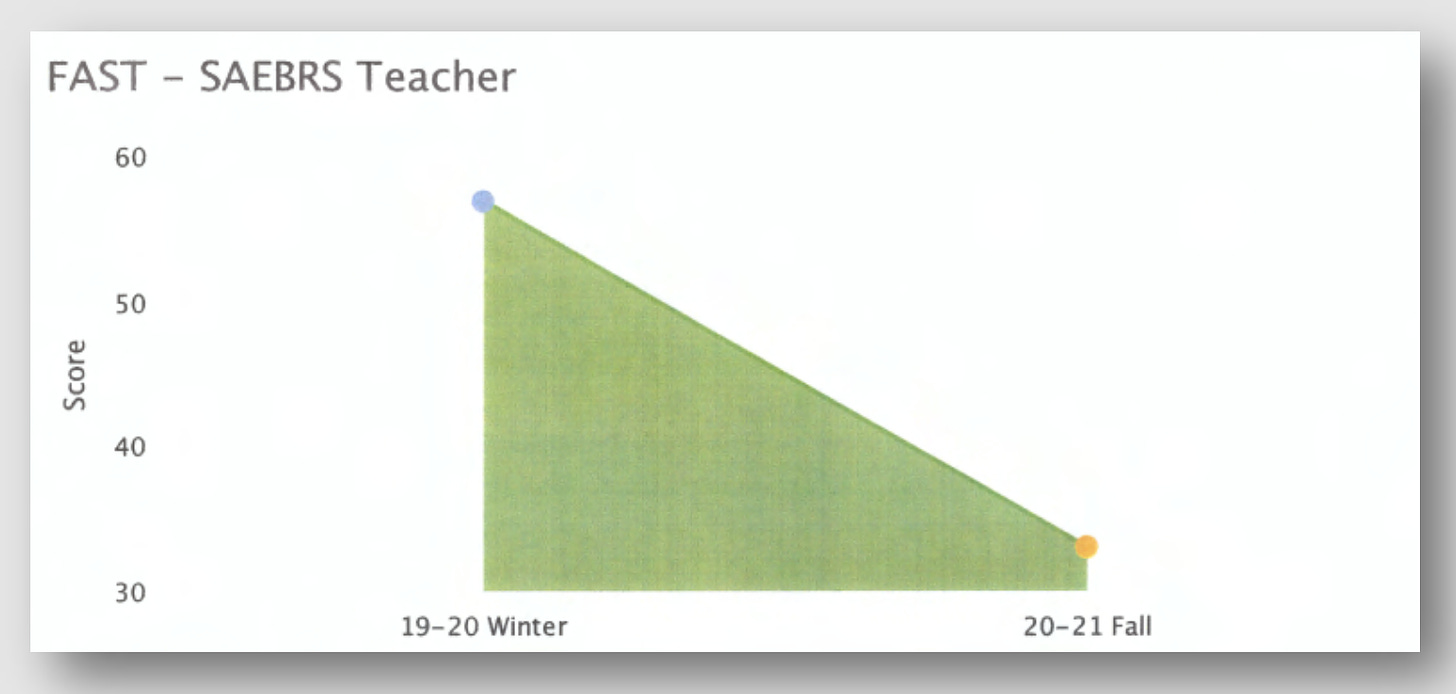
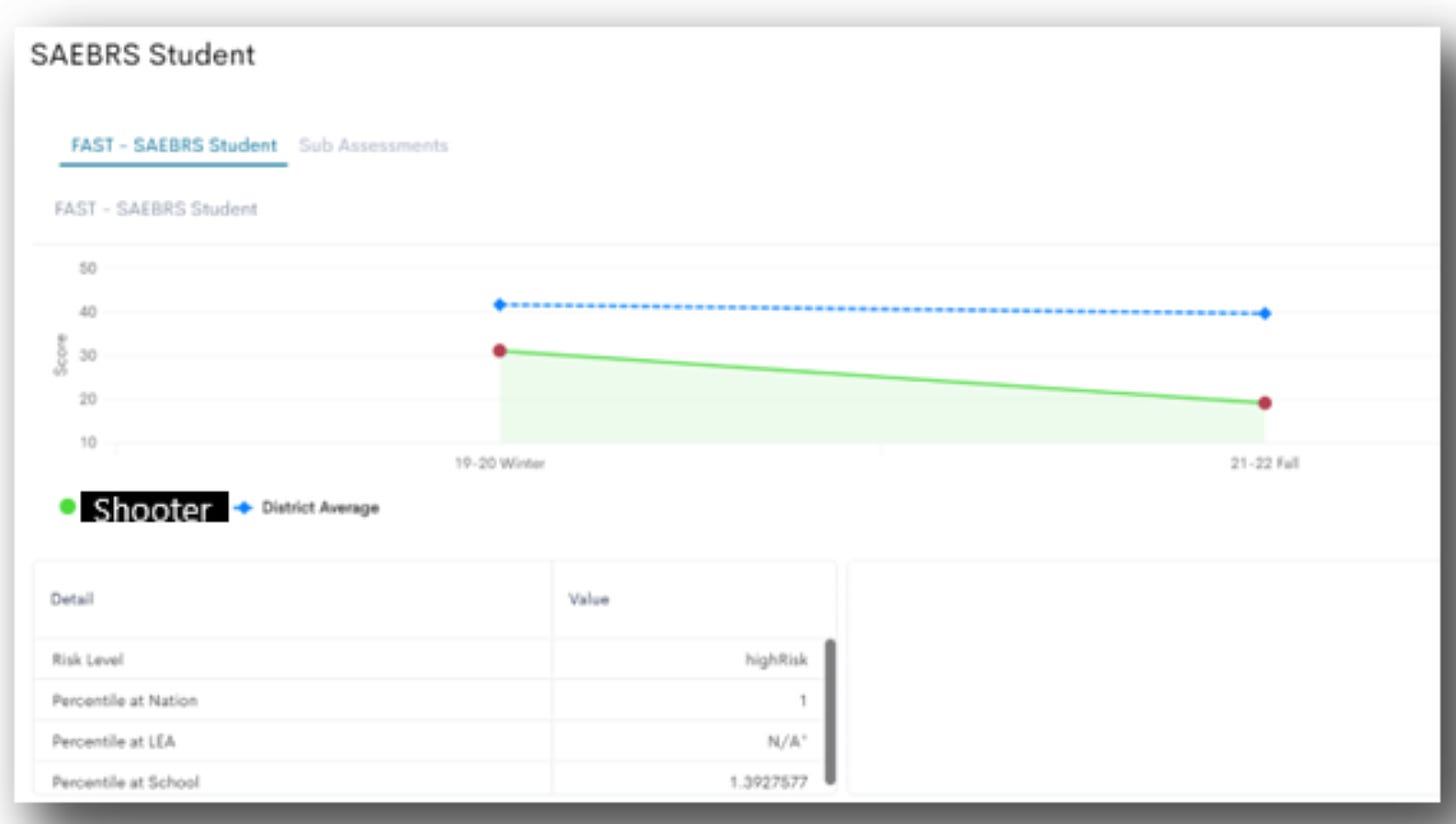
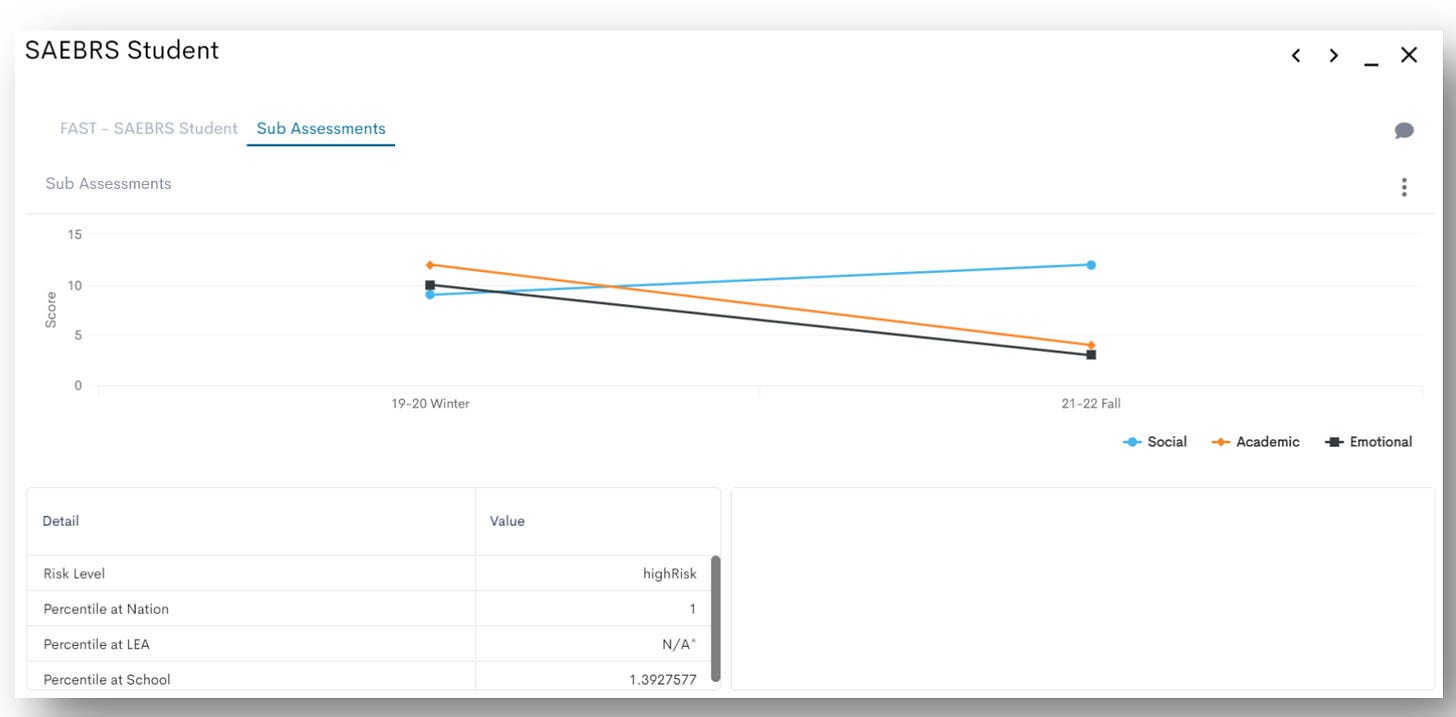


Beautiful researched and highly detailed. Please consider bullet points for low attention span people like me. Thank you for all the work you’ve done compiling this.
As you are probably already aware, it’s not just the government schools that compile and store data for their own nefarious purposes. Virtually 100% of all data, whether written, spoken or electronically managed, is to provide future benefit for the custodian (medical, police, corporate, IRS, etc) and to be used against the subject whenever it sees fit in a myriad of circumstances. Any info that would benefit the subject will be altered or redacted. Incriminating evidence will simply be made up and inserted.
The writer of this stack claims that Oxford has hired the Perkins Coie law firm. If true, how does a small Michigan district have funds to hire an international law firm? This makes no sense. Unless help is needed for a cover up.
https://theamericanclassroom.substack.com/p/the-hiring-of-perkins-coie-by-the?utm_medium=reader2